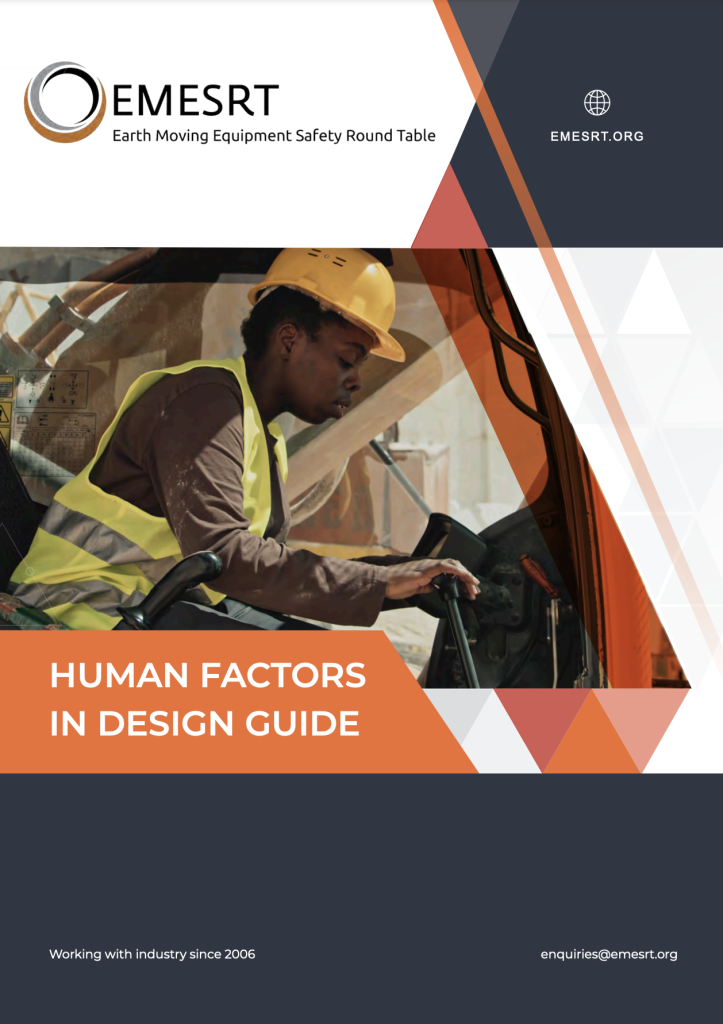Human factors engineering

Human Factors in Design Guide
Objectives:
- Describe a human-centered design process to support developers and sponsors of new technology related to vehicle interactions
- Outline the importance of evaluating human factors, people and processes, that impact on the successful integration of technology in work systems, including mobile plant equipment
- Provide accompanying information on human factors to complement the surface and underground functional performance scenario storyboards
Webinar recordings
- Recorded presentations delivered by Professor Robin Burgess-Limerick, Minerals Industry Safety and Health Centre, Sustainable Minerals Institute The University of Queensland.
.Display design – YouTube (684.9 MB)
2. Recorded presentations delivered by Professor Robin Burgess-Limerick, Minerals Industry Safety and Health Centre, Sustainable Minerals Institute The University of Queensland.
Human centred design – YouTube (193.1 MB)
Design diversity definition
The design of mining equipment unnecessarily restricts the range of potential employees who can operate and maintain the equipment, and create a higher potential of injury for those who do currently undertake tasks associated with operating and maintaining the equipment. The primary focus of the project is with equipment designs which inadequately accommodate potential operator and maintainer physical characteristics (static anthropometric variability); and with equipment operation and maintenance tasks which do not sufficiently accommodate potential variability in operator and maintainer strength, flexibility and reach distances (dynamic anthropometry). Additional human factors design issues which will be examined include equipment designs which inadequately accommodate diversity in perceptual/action skill levels; or variability in literacy and numeracy.

